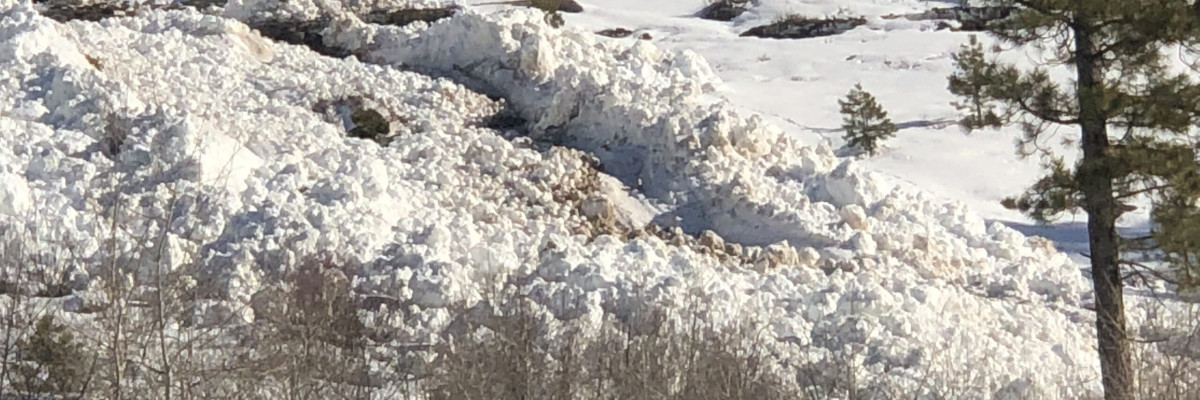Good morning this is Logan King from the West Central Montana avalanche center with an end of season conditions update for Tuesday, April 23rd, 2019.
Mid-week will bring warm and dry conditions that cap off a handful of days which resulted in a significant warming of the snowpack. This extended period of warm weather may spell the end for cold dry snow for the season. There is still plenty of corn snow to enjoy out there and the season isn’t over yet but the time has come for you to become your own forecaster. The first step is to know your foe.
Saturated snow from warm temperatures, solar radiation, and rain or wet snow events will continue the transition from dry avalanche problems to wet avalanche problems. The main concerns are wet slab avalanches, glide avalanches, and loose wet avalanches. Likely trigger points are slope transitions or rock outcrops and can be dependent on elevation, aspect, and time. If the snow is starting to get wet and sloppy and you are sinking more than a few inches down its time to get out or move to a safer location. Don’t forget that cornices will continue to be suspect for the remainder of the season until they have all broken down. Wet avalanche problems are more difficult to predict and require more skill, experience, knowledge and planning to avoid them.
Before you travel into the mountains take the time to go over the weather for the past few days and determine if conditions have refrozen overnight and if so, how hard of a freeze did the snow undergo? Trip plan accordingly, this may mean leaving or getting down early, avoiding certain aspects and elevations and avoiding traveling under or onto cornices at certain times of the day. There is a multitude of resources available to help with trip planning that can either help you map out your routes or keep tabs on weather and conditions. Familiarize yourself with local telemetry resources, cameras, and apps that can be used to monitor conditions. Do your due diligence to minimize the uncertainty that is associated with wet avalanches before venturing out. Enjoy the corn, and if you get out, feel free to share what you find on the public observation page, we will continue to post reports as long as they are coming in.
Finally, I would like to extend our thanks to the amazing community that supports the center and makes all of the forecasts and educational opportunities possible. Thanks to all of our supporters, sponsor, donors, partners, and our wonderful board who has helped to make the center what it is today.
Ski and ride safe.
























